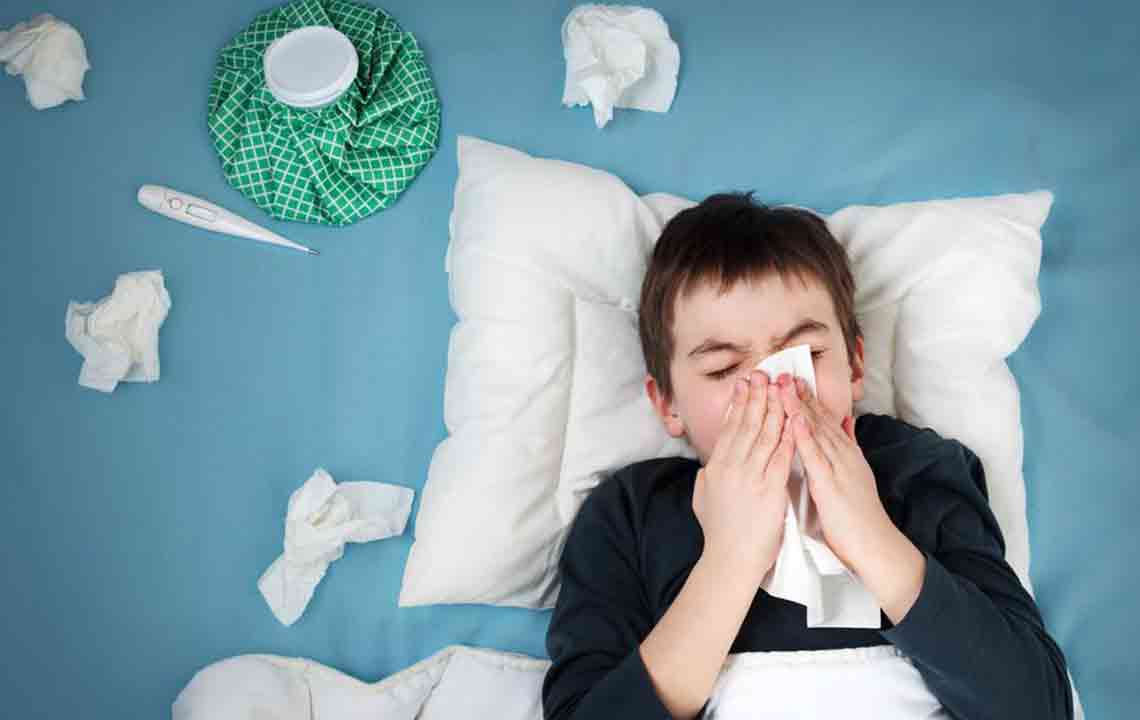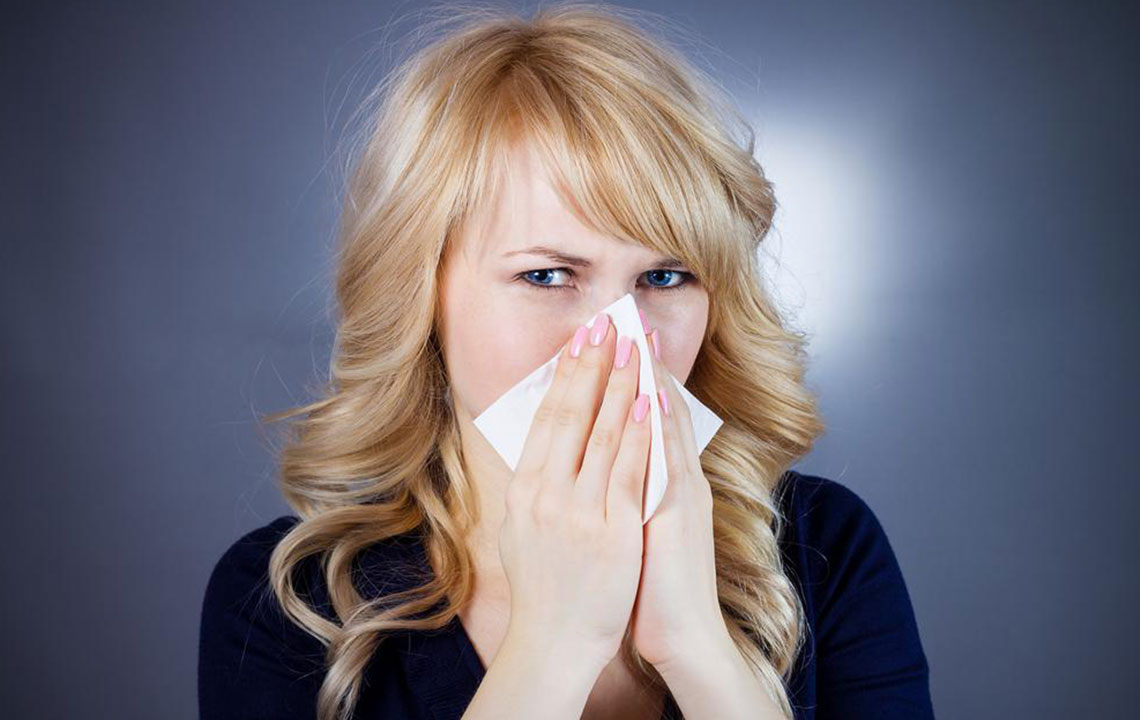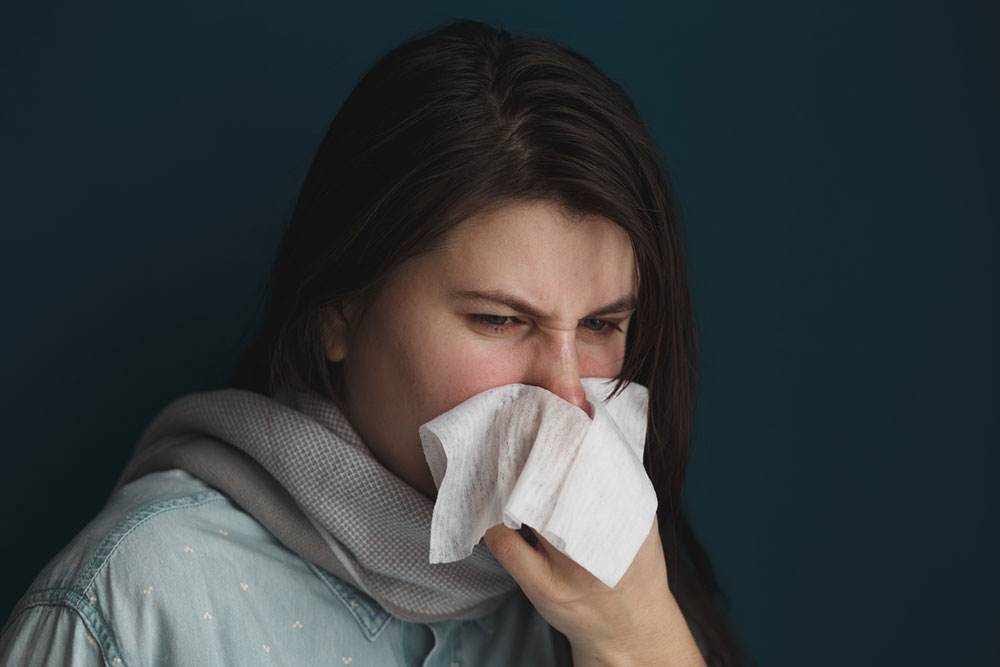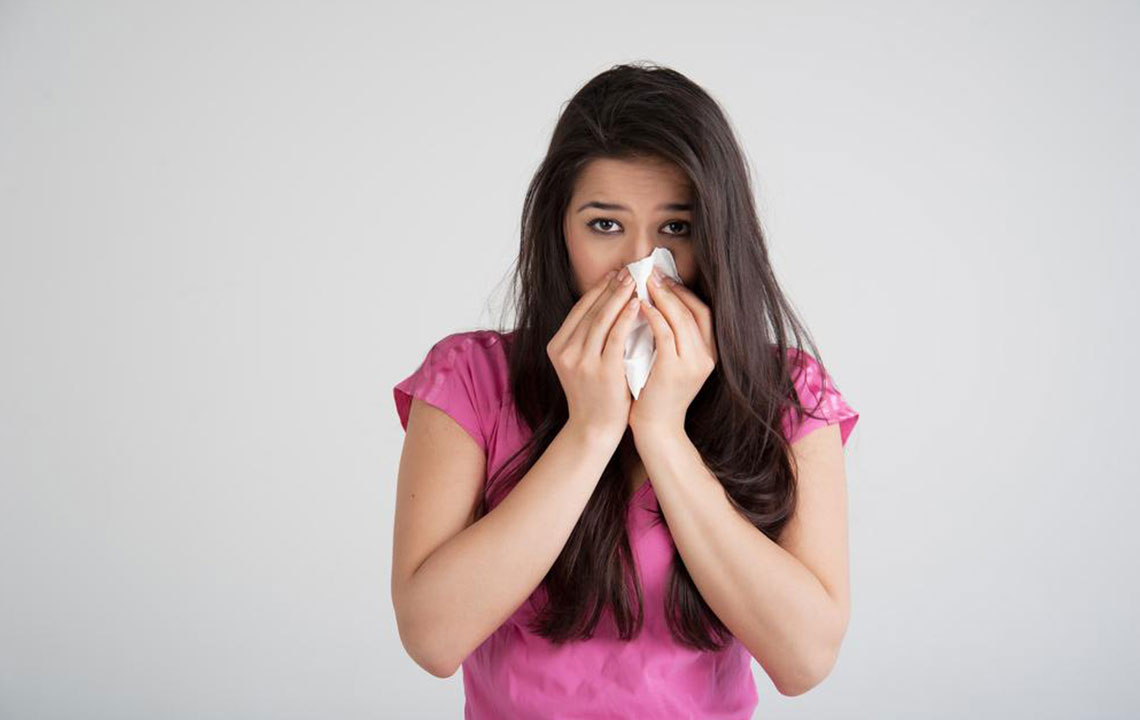Comprehensive Guide to Relieving Post-Nasal Drip Discomfort and Symptoms
Post-nasal drip causes discomfort due to mucus buildup from allergies, infections, or irritants. Effective strategies include home remedies, medications, allergen avoidance, and environmental adjustments. Proper diagnosis and personalized treatment plans are essential, with options like antihistamines, nasal steroids, and possibly surgery for severe cases. Maintaining hydration, reducing irritants, and seeking professional medical advice ensure comprehensive relief, helping individuals restore comfort and respiratory health efficiently.

Effective Strategies to Relieve Post-Nasal Drip Discomfort and Symptoms
Experiencing a persistent runny nose and throat discomfort can be both inconvenient and distressing. Post-nasal drip, a common but often overlooked condition, occurs when excess mucus accumulates in the back of the throat, leading to irritation, coughing, and a sensation of a lump in the throat. Understanding the underlying causes and exploring effective treatment options are crucial for relief.
The human body produces mucus in the nasal passages and throat constantly. This mucus serves vital functions: trapping dust, allergens, and pathogens, keeping the nasal and sinus tissues moist, and facilitating the removal of debris. Under normal circumstances, this mucus is swallowed unconsciously, entering the digestive system without issues. However, when mucus production becomes excessive or its consistency thickens, it can lead to post-nasal drip, which causes discomfort and often mimics other respiratory conditions.
Post-nasal drip can stem from various factors, including allergies, infections, irritants, or structural abnormalities. Allergies—such as hay fever or reactions to dust mites, pet dander, wheat, or dairy—are common culprits, causing inflammation of the nasal passages and overproduction of mucus. Same goes for viral or bacterial infections like the common cold or sinusitis. Environmental irritants, like smoke and pollution, can further exacerbate symptoms by inflaming the mucous membranes.
In some cases, individuals might experience swallowing difficulties or sensations of mucus buildup due to gastrointestinal issues, food sensitivities, or structural issues like a deviated nasal septum. Accurate diagnosis involves a detailed medical history and may include examinations like nasal endoscopy, imaging (CT scans), and allergy testing to identify precise causes and tailor effective treatments.
There is a wide array of remedies and lifestyle changes that can significantly help alleviate post-nasal drip discomfort. Home remedies such as performing saltwater gargles can soothe sore throats and clear nasal passages. Drinking warm turmeric milk or herbal infusions may also reduce inflammation and mucus viscosity. Over-the-counter mucus-thinning syrups and expectorants are commonly used to facilitate mucus drainage, providing quick relief.
However, accurately diagnosing the root cause is essential for effective and lasting relief. For bacterial infections, antibiotics may be prescribed, but these should only be used under medical supervision to avoid antibiotic resistance. For recurrent sinus infections, surgical interventions like endoscopic sinus surgery might be necessary to remove blockages and improve sinus drainage.
Allergy-related post-nasal drip benefits greatly from allergen avoidance strategies. Eliminating exposure to known triggers like dust, pollen, pet dander, and certain foods can reduce inflammation and mucus overproduction. Medications such as antihistamines, decongestants, and nasal steroids can be used safely when indicated, though caution is advised to prevent side effects from prolonged or inappropriate use. Immunotherapy—via allergy shots or sublingual tablets—can provide long-term relief by desensitizing the immune response to specific allergens.
Maintaining proper hydration by drinking plenty of water helps thin mucus, making it easier to clear from the nasal passages. Reducing the intake of caffeine and diuretics can also prevent dehydration and mucus thickening. Creating a clean living environment by removing dust, mold, pollen, and pet dander, alongside the use of humidifiers, can significantly decrease mucous membrane irritation and prevent exacerbation of symptoms.
If symptoms persist beyond two weeks or worsen, it is imperative to seek consultation from healthcare professionals. Customized treatment plans, including potential imaging, allergy testing, or ENT procedures, ensure that patients receive appropriate management tailored to their specific conditions. With a combination of medical interventions and lifestyle adjustments, most individuals can achieve significant relief from post-nasal drip symptoms, restoring comfort and improving quality of life.





